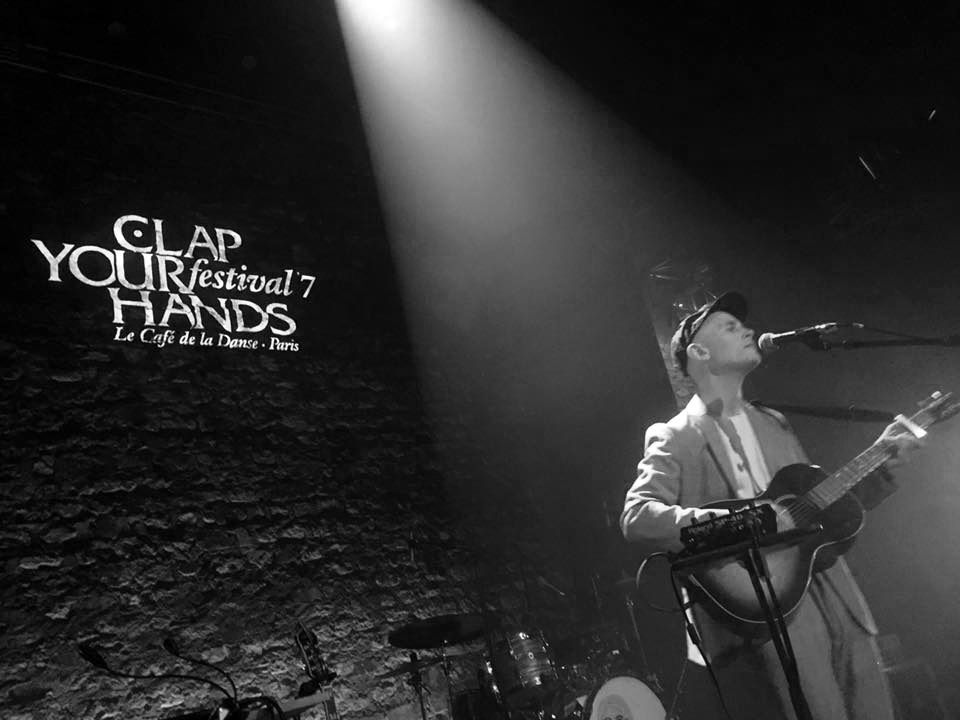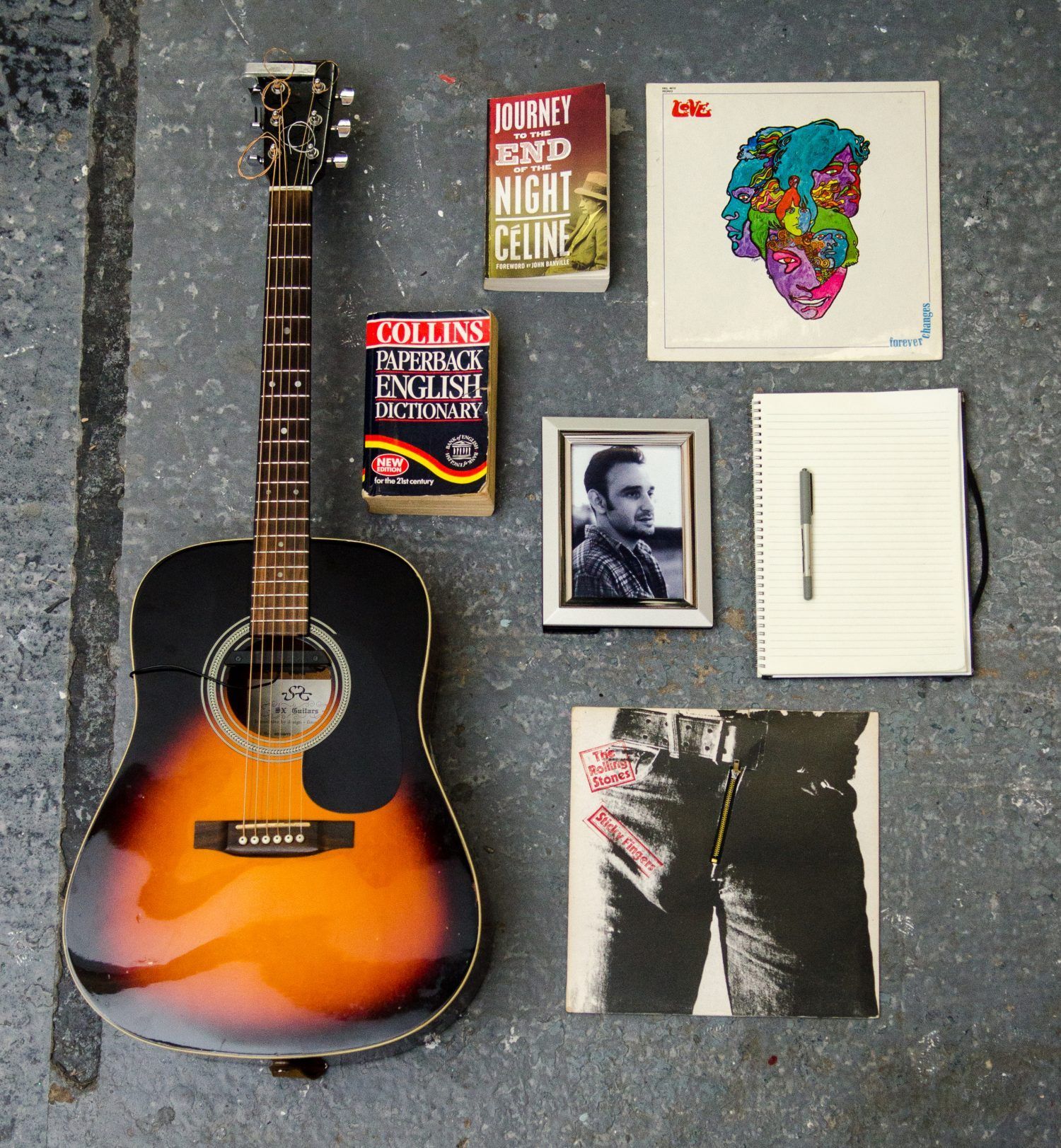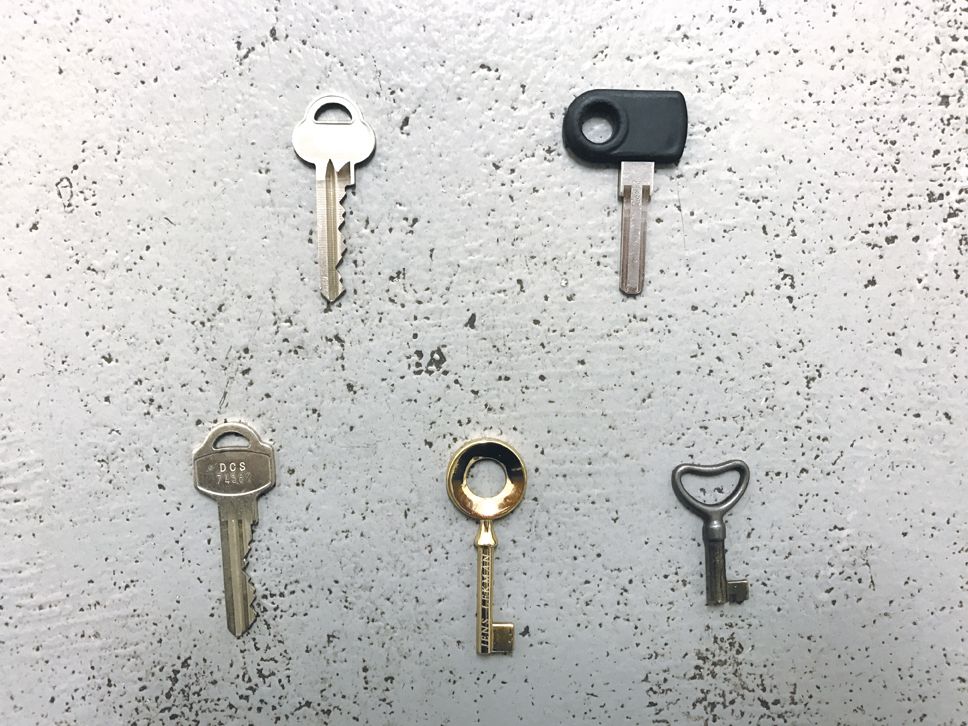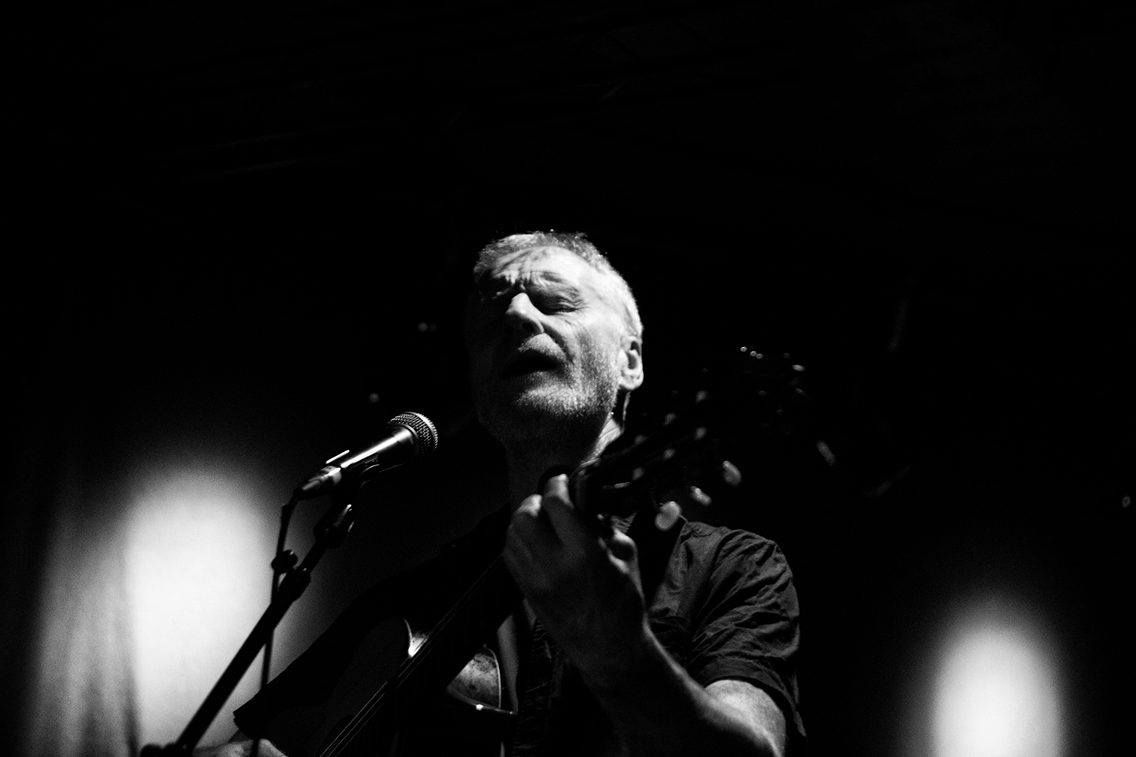Read English version
LES ESSENTIELS DE JENS LEKMAN
Je ne suis pas très attaché aux objets, mais il y a certaines choses que je chéris, et dont voici les clefs.
(de gauche à droite et de haut en bas)
1
C’est la clef de l’appartement où je vis avec ma petite amie. C’est un petit logement sympathique, dans le quartier ouest de Göteborg. Lorsqu’on a emménagé, il y avait un gros trou dans le mur. Le gars qui avait habité là plus tôt nous a dit qu’il avait construit un bar dans l’appartement à l’occasion d’une fête un jour, ce qui expliquait pourquoi il avait fait un trou dans le mur - il voulait pouvoir servir les verres à travers. On a fait réparer ce trou, on a considéré qu’on n’aurait pas besoin d’un bar chez nous. Avant je détestais ce quartier.
J’ai grandi dans une banlieue pauvre, un endroit où il était important de s’habiller comme si on valait plus que ce qu’on était. Adolescent, je me souviens avoir rencontré des gens issus du quartier où j’habite aujourd’hui, qui s’habillaient mal alors que leurs parents gagnaient bien leur vie. Je ne comprenais pas. Ils appartenaient à une classe moyenne ou à la bourgeoisie culturelle et intellectuelle, leurs parents étaient journalistes, écrivains, designers. Ils n’étaient pas richissimes mais ils connaissaient le langage et les codes de ce monde culturel auquel je voulais appartenir. Ils étaient nés dedans. Je les jalousais. Et je leur en voulais d’avoir ces privilèges.
Aujourd’hui je vis là, finalement, au milieu des cafés chers et des magasins de mobilier vintage. Tous mes amis vivent ici, qu’est-ce-que vous voulez… On a trouvé un endroit pas cher, un des derniers dans le coin. Ma petite amie et moi venons de banlieues défavorisées. Aujourd’hui elle est psychologue et elle étudie l’art. Et je suis musicien et artiste. Si nous avons des enfants, ils seront ces enfants que je haïssais quand j’étais petit. C’est-à-dire à peu près tous les jours, on peut l’entendre souffler à travers elles, comme si quelqu’un jouait du violon.
3
C’est la clef du bunker où je travaille. Je m’y suis installé il y a très peu de temps. Avant, j’avais un studio très agréable en ville, qui surplombait le gros stade d’où on pouvait entendre les hurlements, les soirs d’été, lorsque Zlatan marquait un but ou qu’Iron Maiden montait sur scène. Mais c’était devenu trop cher de rester là. Maintenant je travaille dans ce bunker avec juste une minuscule fenêtre dans un coin, et le vrombissement des camions qui secouent les murs quand ils passent à côté pour rejoindre la zone industrielle voisine.
J’ai un esprit apocalyptique, une âme survivaliste, et parfois je fantasme à l’idée que je vais voir le monde s’effondrer et se désintégrer. Une guerre nucléaire ou une épidémie.
Peut-être que c’est parce que j’ai grandi dans les années 80. En tous cas, dans mon fantasme, je reste vivant parce que je suis dans mon bunker. Et je parviens à survivre grâce aux conserves de soupe de lentilles que j’ai stockées dans mon frigo ici, et grâce aux crackers Wasa et au beurre de cacahuète dont j’ai fait des provisions à l’épicerie du coin. Je ferme les volets pour éviter la radiation et les pillages, j’ouvre une nouvelle conserve de soupe de lentilles et je continue à travailler sur ce beat sur lequel je travaille depuis des semaines.
Le monde n’est plus et je peux continuer à faire ma musique. Personne ne va me déranger pour une histoire de promotion ridicule ou pour des dîners familiaux. Ce ne sera plus que moi, ma musique, et trois cents conserves de soupe de lentilles. Le rêve.
4
C’est la clef en or que j’ai fait faire pour mes tournées en 2009. J’ai commencé à en porter une sur scène et le gens me demandaient quelle était son utilité. Je ne savais pas quoi répondre. Mais ils ont commencé à vouloir en acheter aussi alors j’ai dit “bien sûr” et j’ai trouvé ce gars qui pouvait les fabriquer et inscrire mon nom dessus. Elles se sont très bien vendues et j’ai compris ce qu’elles représentaient déjà avant même que je commence à les éditer : ce sont des symboles de confiance en soi, de confiance en l’avenir. Vous portez cette clef quand vous savez que vous allez avoir besoin de courage, qu’il va falloir prendre une décision importante ou orienter votre vie dans une direction particulière. Elle vous rappelle qu’il ne faut pas vous dégonfler, pas cette fois mec ! Je continue de la garder avec moi où que j’aille, parfois j’en ai moi-même besoin.
5
C’est la clef du frigo où je garde mes conserves de soupe de lentilles.
Jens Lekman
Mars 2017
—
En collaboration avec

Article paru initialement dans le #203 de Magic RPM (mars/avril 2017)
Traduction Johanna Seban. Mille mercis à Vincent Théval et à Magic RPM.
—
Plus d’informations sur Jens Lekman
www.facebook.com/JensLekman
jenslekman.com
My essentials for Magic RPM by Jens Lekman
© Jens Lekman/ All rights reserved / Reproduction prohibited without permission of the author
I’m not much for things and objects, but I do treasure a few things and these are the keys to them.
(Left to right and top to bottom)
1
This is the key to my apartment where I live with my girlfriend. It’s a nice little place in west Gothenburg. When we moved in there was a big hole in the wall. The guy who lived here before us said he had had a bar set up once for a party, that explained why he had made a hole in the wall – so he could serve drinks through it. We had it fixed, we didn’t see a need for an indoor bar.
The area was once a place I hated. I grew up in a poor suburb, a place where it was important to dress like you were better off than you were. And as a teenager I remember meeting people from this neighborhood where I now live, who dressed down even though their parents were doing well. I didn’t get it. They belonged to a cultural and intellectual upper/middleclass, their parents were journalists, designers, writers. They weren’t necessarily filthy rich but they knew the language and codes in this world of culture that I wanted to be a part of. They were born into it. I was jealous of them. And mad at them for their privileges.
Now I live here at last, among expensive cafés and vintage furniture stores. All my friends live here so what can you do. We found a cheap place, one of the last few. Both me and my girlfriend come from poor neighborhoods. Now she’s a psychologist who studies art. And I’m a musician/ artist. If we have kids they would be those kids I hated when I grew up.
2
This is the key to my bike. It’s not a great bike. It’s the bike I got from my dad when he got a new one. A black citybike, very heavy with too much gear on it. It doesn’t receive many compliments from bike enthusiasts or people in general really. But it’s a bike that works and that’s all I want. I ride it to work everyday, it’s a 40 minute ride through the city to the other side. If I’m lucky, I catch the wind blowing in from the sea in the morning, that gives me speed and means I’ll get to work with no sweat. If I’m unlucky I’ll have that same wind blowing against me on my way home. Halfway through I ride by the cranes in the harbour, the same cranes I sing about on the track Dandelion Seed on the new album. On a windy day, which is almost everyday, you can hear the wind blowing through them, sounding like violins.
3
This is the key to my bunker where I work. I just moved in, I used to have a really nice studiospace in the city that overlooked the big stadium where on summernights you could hear the roar when Zlatan scored a goal or Iron Maiden went on stage. But it just got too expensive to stay there. Now I’m in this bunker with one tiny window in the top corner and the rumbling of trucks shaking the walls as they drive by on their way to the nearby industrial area. I have an apocalyptic mind, a prepper soul, and sometimes I fantasize about how I see the world outside crumble and disintegrate. Nuclear war or virus outbreak. Maybe a product of having grown up in the early 80’s. But in my fantasy I stay alive because I’m in my bunker. And I manage to survive on the cans of lentilsoup I’ve got stocked in my fridge here, and the Wasa crackers and the peanutbutter that I’ve been hoarding at the local market around the corner. I cover the windows for radiation and looters and while I open another can of lentilsoup I keep working on that beat I’ve been working on for weeks. The world has ended and I can just keep making music. No one to bother me with silly press requests or family dinners. Just me, my music and 300 cans of lentilsoup. What a dream.
4
This is the golden key I had made for my tours in 2009. I started wearing one just like that on stage and people asked me what it was for and I didn’t know. But they wanted to buy them so I said sure and I found this guy who could produce them and had my name inscribed on them. They sold pretty well and I managed to figure out what they stood for before I released them – they are a token of confidence and certainty. You put it on when you know you need to be brave and make a big decision or steer your life in a very specific direction. It reminds you to not chicken out, not this time buddy! I still keep this with me wherever I go, sometimes I need it myself.
5
This is the key to the fridge where I keep all my lentilsoup.
Jens Lekman
March 2017
—
In collaboration with

Article originally published in Magic RPM #203 (march/april 2017)
—
Infos about Jens Lekman
www.facebook.com/JensLekman
jenslekman.com
My essentials for Magic RPM by Jens Lekman
© Jens Lekman/ All rights reserved / Reproduction prohibited without permission of the author




